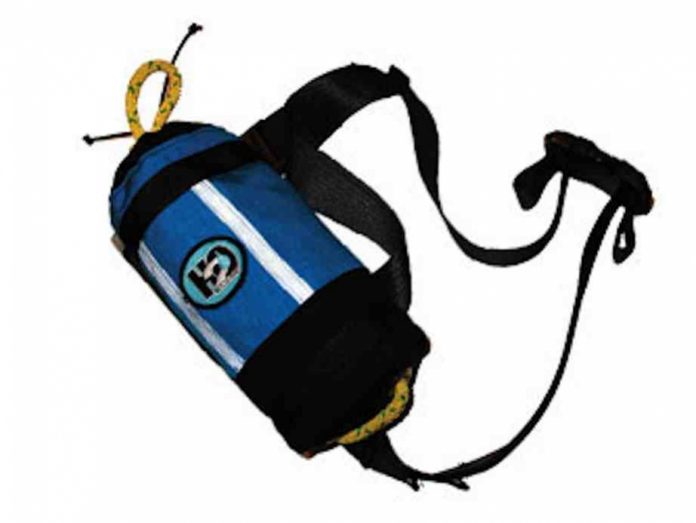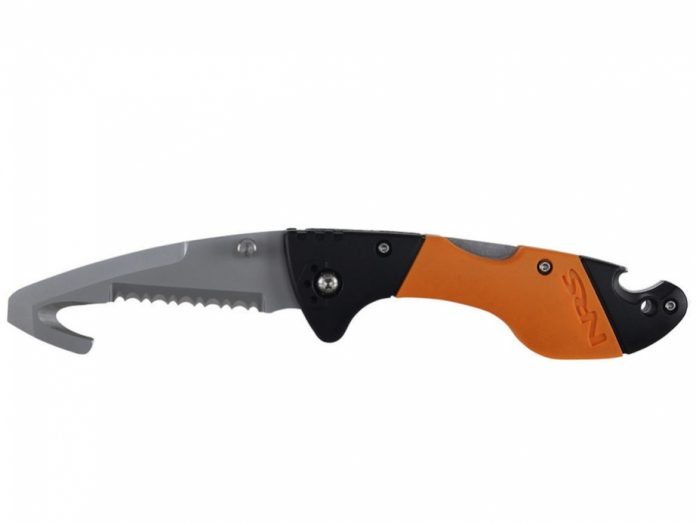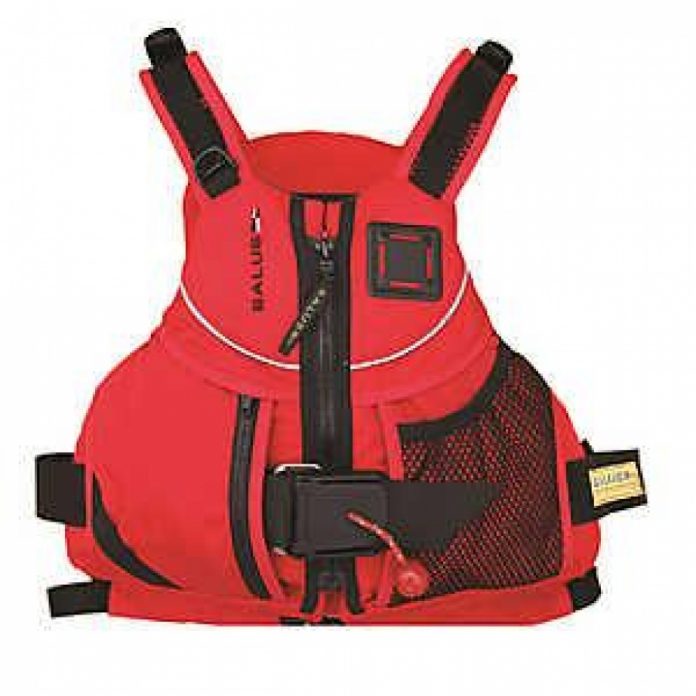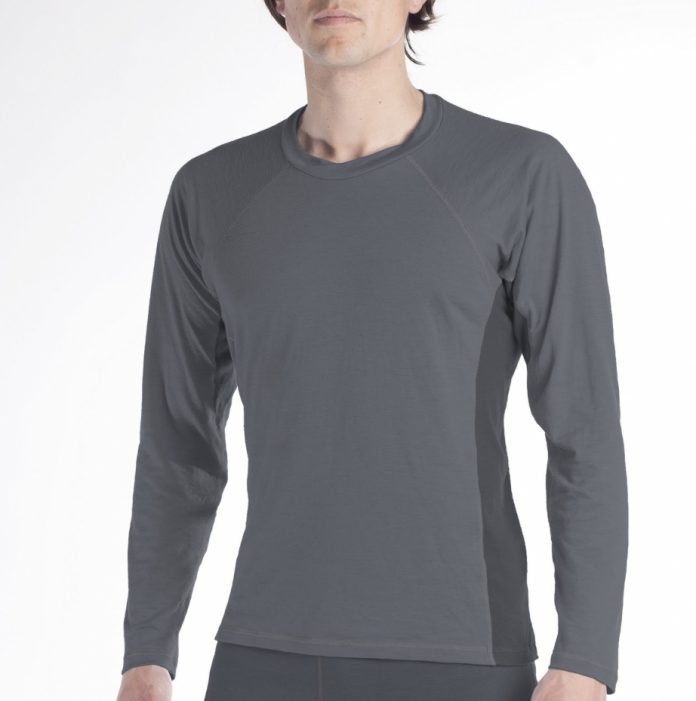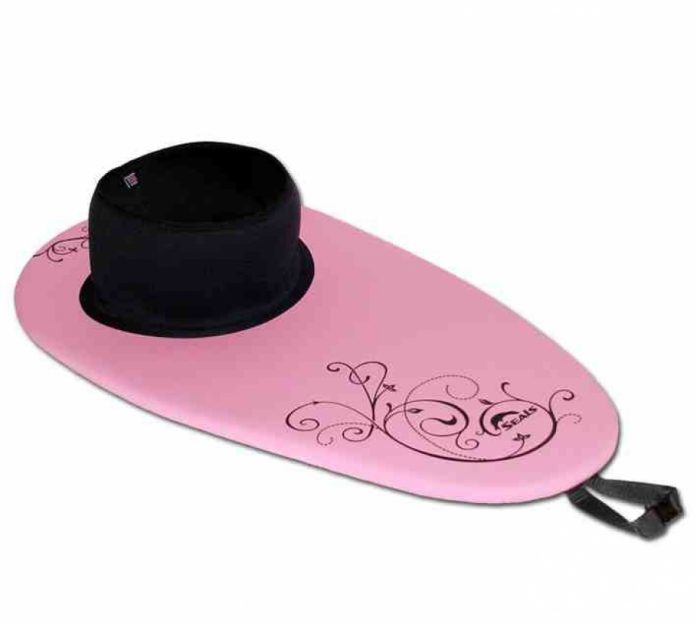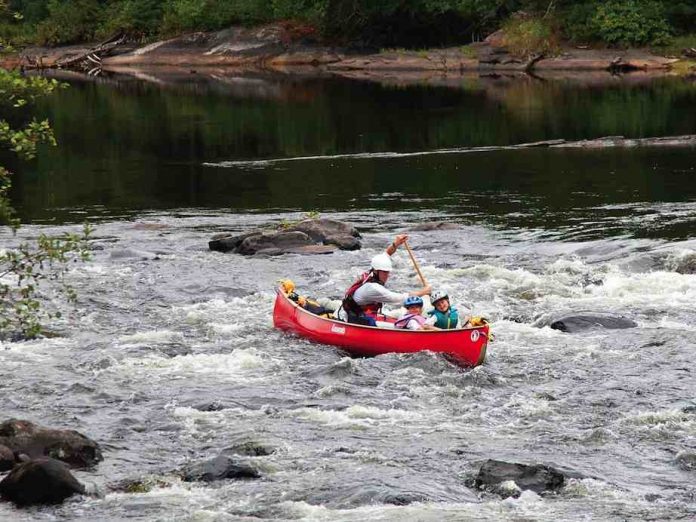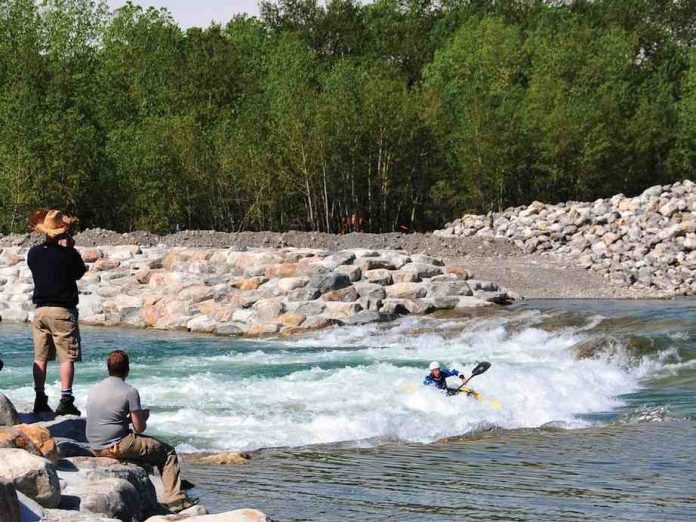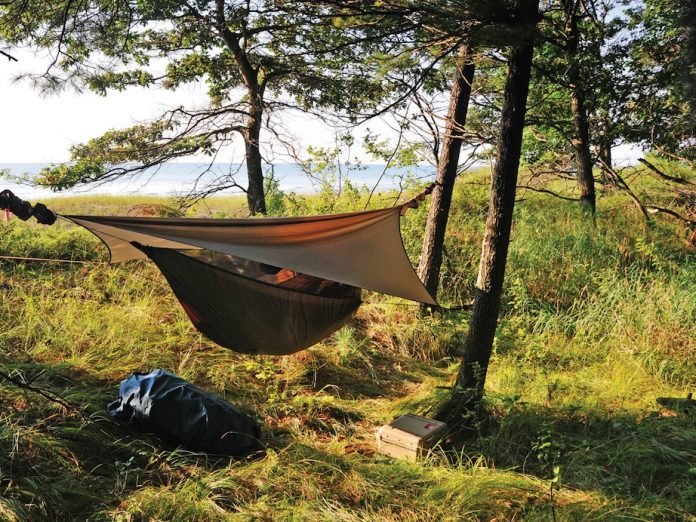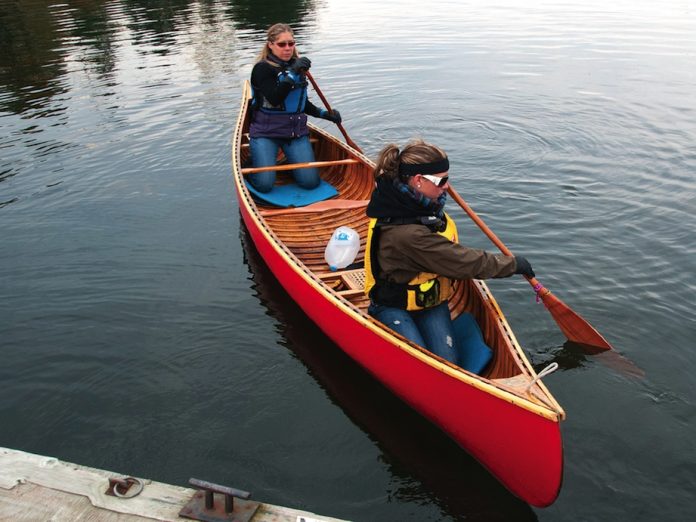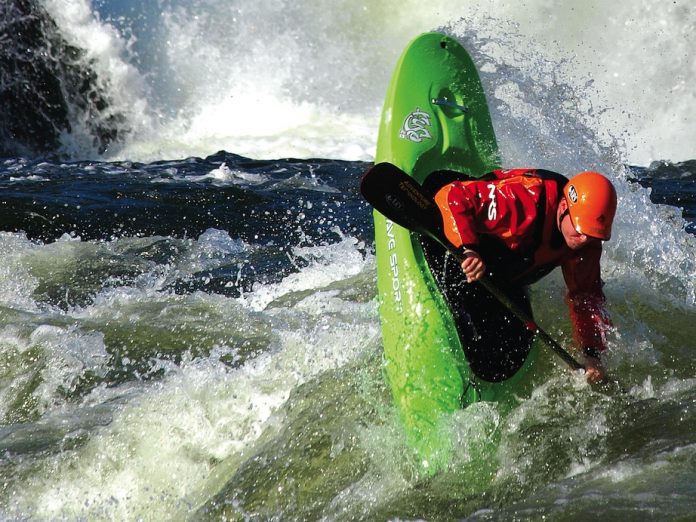This canoe trips destination article originally appeared in Canoeroots and Family Camping magazine.
Remember surfing your first wave? That rush of adrenaline, the roar of the river, the intoxicating smell of fast-moving water? Add the quieter joy of each river’s natural beauty, historical significance and special secrets, and it’s no wonder that every year thousands of people seek out river trips to reconnect with the natural world and each other. Plenty of stunning and accessible rivers throughout North America offer a taste of whitewater canoeing or rafting with no age limits. If you’re experienced with paddling, swimming and rescues in moving water, you can rent equipment; otherwise, join a reputable outfitter who will organize all the necessary logistics. So get out there—exploring whitewater rivers with your family helps develop self-confidence, good judgment and a deep love for the outdoors.
ST CROIX RIVER, New Brunswick and Maine
Flowing gently from the Chiputneticook Lakes to the craggy shores of Passamoquoddy Bay, the St. Croix River forms the inter- national boundary between New Brunswick and Maine. The St. Croix is designated a Canadian Heritage River for its historical significance, rich natural heritage, excellent wildlife viewing potential and, of course, great canoeing and camping. With relatively easy paddling conditions—mostly class I and II rapids, minimal portaging and very few hazards—it’s a great choice for family outings. The geography of the St. Croix River watershed is a diverse mix of sparkling lakes, rolling Appalachian hills, ecologically rich wetlands and a large tidal estuary. Paddlers can plan for a half-day, weekend or up to four days of adventure. Easily accessible from urban centers in the northeastern United States and New Brunswick, the
river is dam controlled and can usually be paddled throughout summer and fall.
Outfitter
More Info
MILK RIVER, Montana & Alberta
Originating in the mountains of northern Montana, the Milk River winds its way across the border into Alberta, carving its way through grasslands and canyons, past majestic sandstone cliffs and precarious hoodoo pinnacles. Deriving its name from the suspended sediment in the water, the Milk is a warm, shallow class I–II river with gradual gradient and a handful of rapids and rock gardens to negotiate. With easy access from Calgary, paddlers can enjoy a four-hour float, or up to four days drifting through the unique badlands landscape. A terrific weekend route starts in the town of Milk River, Alberta, and concludes 72 kilometers later in Writing-On-Stone Provincial Park, where you can swap river shoes for hiking boots and explore the impressive display
of Aboriginal pictographs and petroglyphs. Low water levels can make travel on the Milk hazardous, so be sure to check with local outfitters before embarking on your trip.
Outfitter & Instruction
More Info
www.paddlealberta.org
BONAVENTURE RIVER, Quebec
A sparkling gem in the crown of la belle province, the Bonaventure is known as the prettiest river in Quebec. Starting high
in the Chic Choc Mountains of Gaspésie National Park, the river flows south for 125 kilometers before entering the Baie de Chaleurs near the New Brunswick border. With moose and caribou loitering along the shore, paddling the Bonaventure evokes an atmosphere reminiscent of much more northerly rivers. Surprisingly accessible, the Bonaventure is an excellent option for families with previous whitewater experience. The steadily dropping gradient creates an almost continuous class I rapid from mountains to sea, interspersed with class II rapids and class III ledges in the gorge section. Thanks to its crystal clear waters, the Bonaventure has one of the largest salmon runs in the Gaspésie, making it an incredible destination for fly fishing—or for young explorers seeking to spot river monsters from the bow seat.
Outfitters
BIG SALMON RIVER, Yukon Territory
Dreaming of taking your family on a northern adventure? Accessible by road from Whitehorse or the Alaskan border, the Big Salmon River offers 300 kilometers of swift water through spectacular, larger-than-life Yukon scenery. Most paddlers begin their journey on Quiet Lake and end 13 days later at Carmacks, though this trip can be extended a further two weeks down to Dawson City along the Yukon River. Much of the Big Salmon River is narrow, fast flowing and ice cold, requiring technical paddling abilities and confidence in up to class II waters. Paddlers should also be pre- pared for remote camping and be familiar with grizzly bear protocol. After setting up camp on a sand bar, pull out your rods and fish for Arctic grayling or even huge Chinook salmon during the fall run.
Outfitters:
GREEN RIVER, Utah
Snaking through steep canyons, towe
ing spires and red rock cliffs, Utah’s Green River is a world-class paddling destination. Experience the exhilaration of dozens of class I–III rapids, camp on sandy beaches, explore famous outlaw hideouts and marvel at Native American petroglyphs along the Desolation & Gray Canyon section. Self- guided options for Desolation Canyon require permits and are only recommended for families with previous whitewater rafting experience. From the put-in at the Sand Wash Boat Ramp south of Myton, most groups spend four to seven days paddling the 85 miles to the town of Green River. For a half-day taster, try the popular nine-mile jaunt down the lower portion of Gray Can- yon, just north of the town of Green River. This lively section has seven class I–III rap- ids and is suitable for self-guided rafting.
Outfitters
MADAWASKA RIVER, Ontario
Whether you’re looking to hone your white- water canoeing skills or simply enjoy a lazy float by raft, the Madawaska River is one
of the best whitewater learning rivers in
the east. Divided into the spring-run Upper and more family-friendly Lower sections, the Madawaska originates in the Algonquin Highlands and flows for 230 kilometers to its confluence with the Ottawa River. In summer, the dam-controlled water is delightfully warm, making this a great place to spend full days on—and in—the river with- out risking an ice cream headache. Go for an adrenaline-filled afternoon at Palmer Rapids or stretch your vacation to a long weekend by continuing down to Buck Bay, negotiating easy portages and class I–III rapids, and camping at beautiful riverside sites.
Outfitters & Instruction



